The use of “virtual autopsy” to accommodate religious concerns was the subject of a recent seminar here at Bolling Air Force Base.
The procedure – using Computed Tomography (CT) scans rather than scalpels in post-mortem examinations – has been employed by the military over 2000 times at Dover Air Force Base in Delaware. It saves time – often taking as little as two minutes, compared to up to ten hours using the traditional method; it can better render the path taken by a projectile; and it facilitates triage, including helping identify cases where an invasive, autopsy might be deemed necessary.
Not considered when the military began using the scans, however, were religious concerns. But such concerns were much on the minds of the presenters and more than forty military chaplains who participated in the Bolling Base seminar.
The event, which was spearheaded by noted askan, Chaplain Captain Menashe Miller, USAF, and coordinated by Rabbi A. D. Motzen, Ohio regional director of Agudath Israel of America, featured an expert panel — assembled by Rabbi Motzen, together with Rabbi Aaron Kotler, CEO of Beth Medrosh Govoha – who examined the issue of virtual autopsies from medical, legal, and halachic perspectives. Panelists included Commander Edward Reedy, Ph.D., M.D., Chief Deputy Medical Examiner of the Armed Forces; Rabbi Shmuel Bloom, executive vice president of Agudath Israel of America; Rabbi Elchonon Zohn, director and founder of the Chevra Kadisha of the Vaad Harabonim of Queens and the National Association of Chevros Kadisha; and Steven Sholk, Esq. a practicing attorney for 25 years and currently of Gibbons P.C.
In a compelling presentation, Rabbi Rabbi Elchonon Zohn, director of the National Association of Chevros Kadisha, conveyed the Jewish emphasis on preserving the dignity of the deceased, outlining some of the halachic issues related to immediate burial and autopsy. “Although blood and toxicology samples may still need to be taken in many cases,” he said, “virtual autopsy will have a significant impact in reducing invasive procedures.”
“With virtual autopsies, meisim who would otherwise need to undergo invasive and sometimes time-consuming procedures can be scanned and returned to the families for immediate burial,” said Rabbi Motzen, adding that the procedure is already being used to accommodate religious convictions in England and Australia. “Even when medical examiners may need to remove a bullet, the scan can pinpoint the exact location, saving the pathologist many hours of work, and the body from invasive desecration.”
The Agudah representative noted that in cases of mass casualties like hurricanes, virtual autopsy can be used as a triage tool to decide which bodies can be spared more invasive autopsy.
Commander Reedy pointed out that virtual autopsies are so new and cutting-edge, the courts do not yet recognize their results as scientific evidence. Such recognition, he said, is critical for the procedure to be adopted for civilian use, and gaining court acceptance is one of Commander Reedy’s highest priorities.
Once that happens, civilian medical examiners and coroners will be more likely to incorporate this technology into their work. A number of medical examiners have already contacted the Armed Forces for more information about the procedure and the necessary equipment.
Expressing gratitude to Commander Reedy and the Air Force for their willingness to examine ways to respect the religious views of servicemen, Rabbi Motzen noted that Agudath Israel is planning similar presentations for other branches of the military.
“CT scans,” he added “have long helped to save lives.
“Now they hold the promise of preventing nivul hameis when a life, choliloh, has ended.”

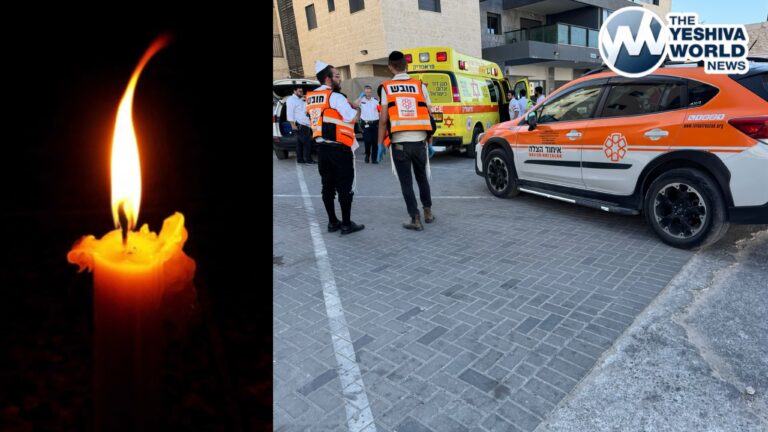
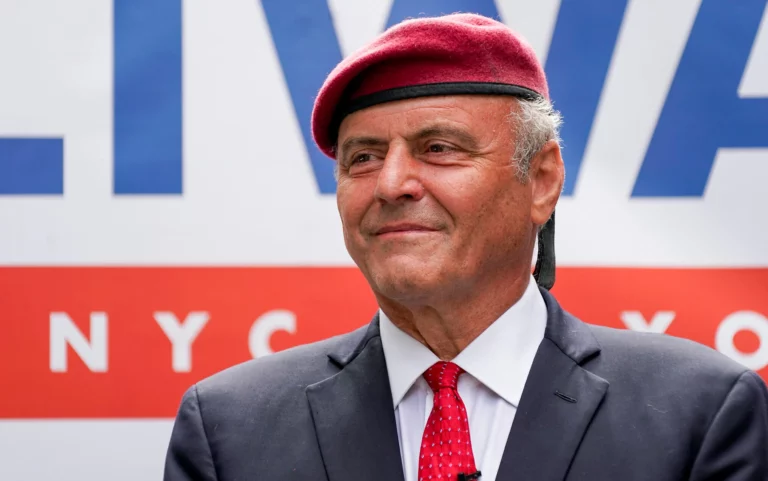
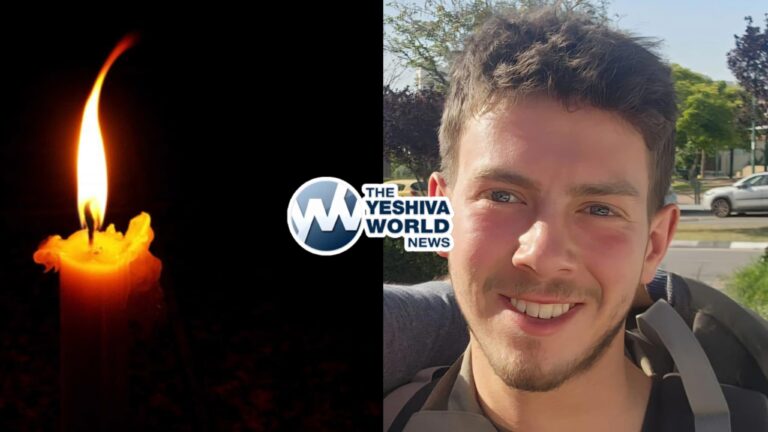
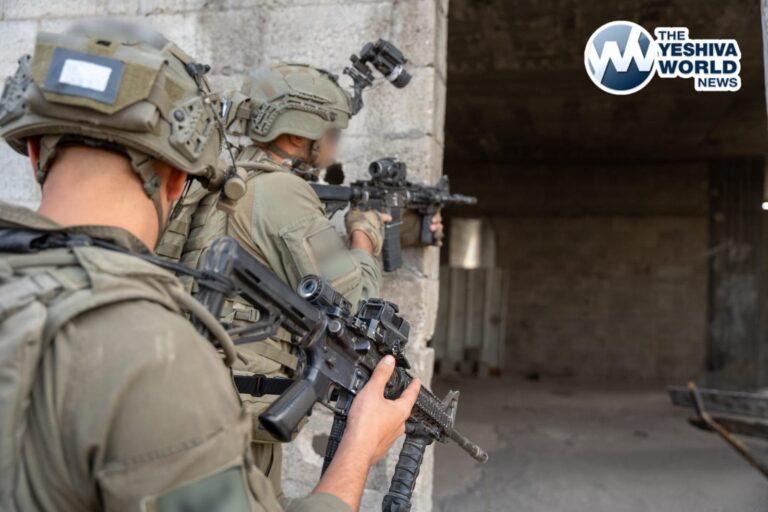
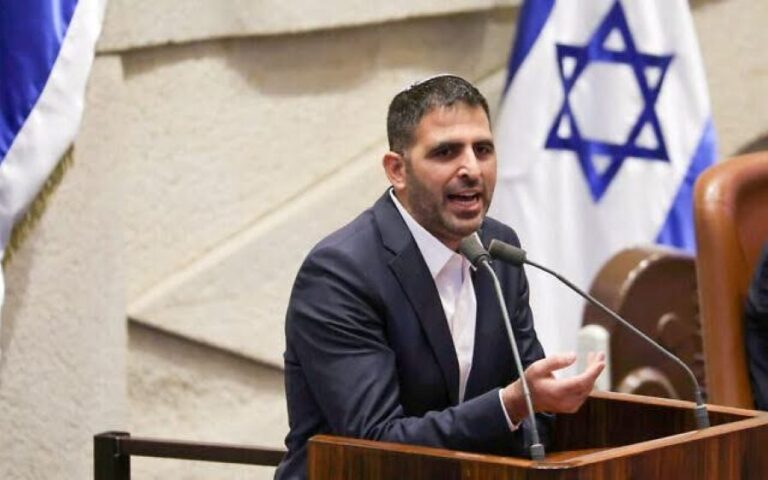
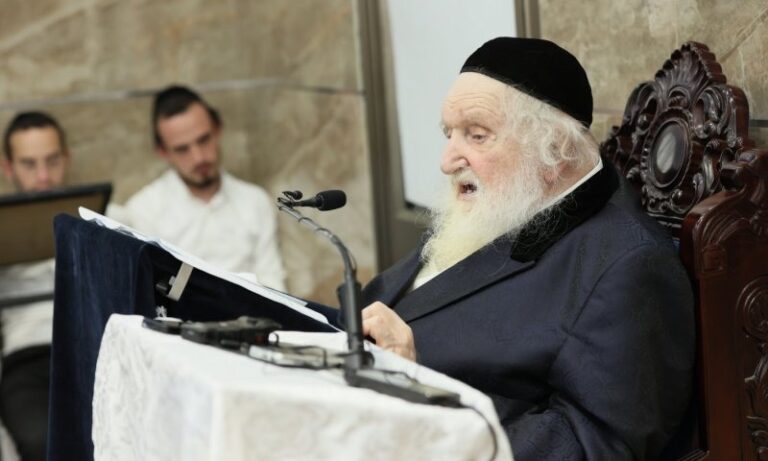
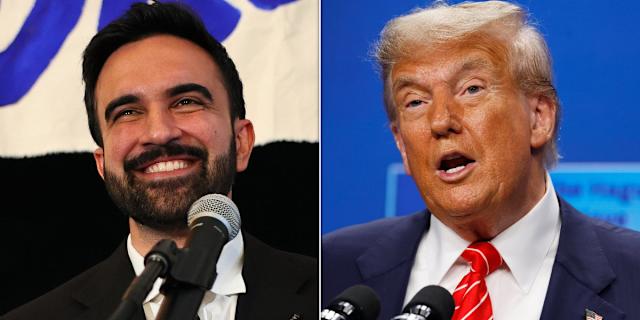
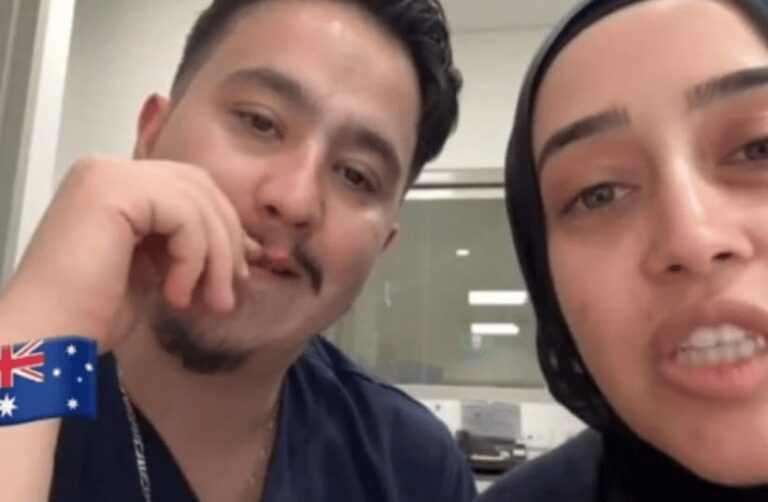

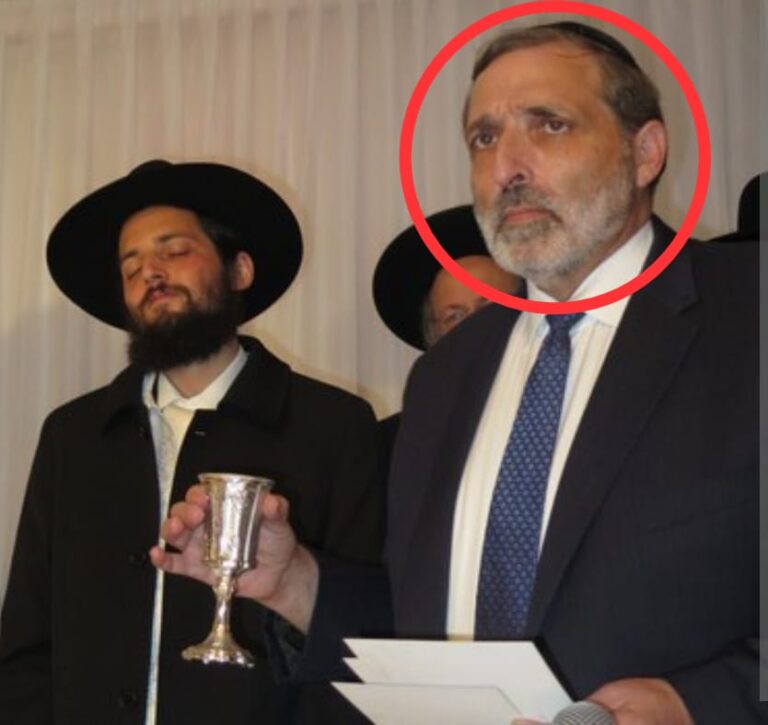
6 Responses
GREAT innovation.
Buy a half dozen machines for Israel, all the autopsy docs and personel will be out of business.
see hamodeia from 2005 that had an article regarding virtual autopsies
the first one conducted in the us was actually in ocean cty new jersey for a lakewood nj baby passing away of sids
the state law automatically requires an autopsey
in such cases b’h rabbi yisroel schenkolewski and reb mutee gobioff of chai lifeline went to court and were able to convince both prosecuter and judge to accept the virtual autopsy
lakewood nj has had quiet a few cases where this method was used and actually the med examiner was quiet pleased with the results as this “virtual covers the whole body as opposed to the old conventional autopsy may hashem watch us all
Sayitlikeitis, you are right on the money again. But, what I like is that the professionals are able to study a meis and get whatever evidence they need without an autopsy.
As a volunteer in a large chevra kadisha, and as a personal witness standing by several autopsies, trying to have the nifter desecrated the least possible, I can tell you all, IT’S ABOUT TIME! the bizoyon hames of a autopsy is indescribable.
may hashem yisborach help, that this virtual autopsy should go in to effect in the near future.
The use of ct scans has been the accepted practise in England for some time.It was pioneered by Reb Shloma Adler in Manchester and is now done in much of the country. In Manchester it is now very rare when a autopsy is performed on a Jewish person if the family requests that a scan be taken. May we all be saved from any such need.
Unfortunately, the unnecessary and destructive autopsies are still a problem in Eretz Yisroel. Those with loved-ones in the hospital have to stand vigilant to avoid these issues. This vitural autopsy would be a welcome relief to this problem–and is long overdue. The more we are aware of the new technology and the advantages it has over conventional autopsies, the better the community can speak up about the need for its use. YW, thanks for the post. Yidden, don’t just read this post and move on, this is one issue that affects us all. Read up on it and see how you can get involved and make a difference to the Tzibur. A Gut Year.